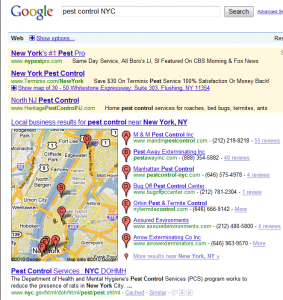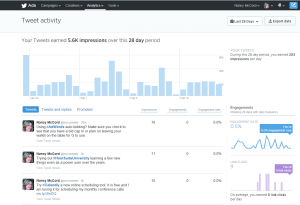
You hate Facebook, but your customers are there. You just don’t get Twitter, isn’t that for teenagers? Too busy for LinkedIn? All these social media sites may seem like too much trouble for some business owners to get involved with, but did you know your competition is there and so are your future customers!
How do you demystify where you personally should spend your time and on what social media sites? It is easy, look at your demographics in Google Analytics.
If your customer/reader base is 18 to 29 to 30 years old or so, you’d better be on Twitter.
If your customer/reader base is 30 to 60 years old or so, you’d better be on Facebook.
If you are selling business to business, regardless of age, you’d better be on LinkedIn.
How do you find your own Google Analytics stats?
- Go to “Audience” in the left side navigation, then go to “Demographics” and then select “Age”.
- There you’ll be able to see your visitors from the last 30 days organized by age groups.
- Make sure that you check average session duration, pages per session, and bounce rate.
- Based on what you see for your own traffic then make a decision on where you should selectively be on social media.
Don’t feel that just because you may not be on social media that your business does not need to be there. Social media use is an excellent way to start building a community of readers loyal to your message.
Not sure where to start? At McCord Web Services, we make it easy for you. Check out our writing rates for social media with service options for frequency. You are sure to find something that fits your budget.



